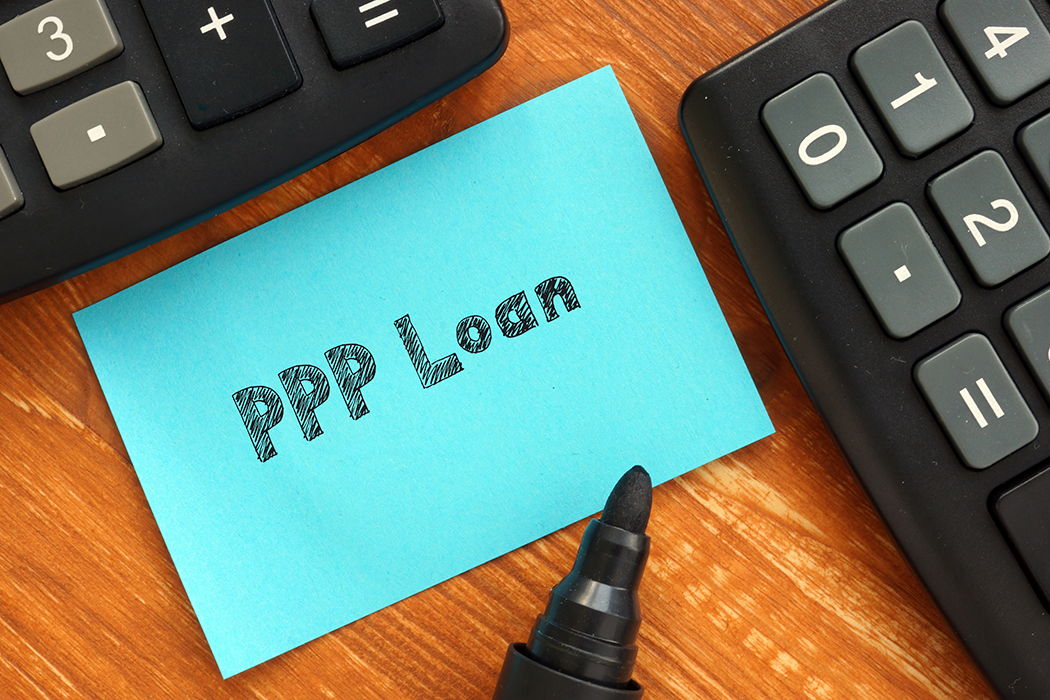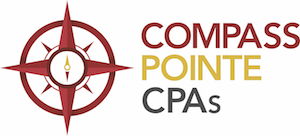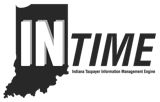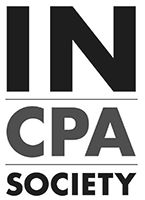Consolidated Appropriations Act 2021: PPP Changes and Second Draw PPP Loans
December 29, 2020 Author: Matt Caras, CPA Compass Pointe CPAs

As the end of 2020 quickly approaches and we look back at some of the tax law provisions of 2020, PPP probably comes fast to mind for most small businesses. This program provided a lifeline for many small businesses, but it also provided a lot of uncertainty. The PPP loan has evolved many times over the past several months and December is no different.
In the Consolidated Appropriations Act, 2021 which was signed and passed December 27, 2020, there were many tax provisions that apply to most taxpayers. Some of these provisions include PPP loan changes, PPP second draw loans, expanded payroll tax credits, and many other tax-related provisions. In this blog, we will discuss the PPP loan changes and PPP second draw loans. Please see our other blog or the additional tax-related provisions of this Act.
PPP 1 Loan Changes
Full deductibility of expenses - One of the most anticipated and sought-after changes includes the full deductibility of expenses paid with PPP loan proceeds. This is a welcomed change since the IRS’ release of Notice 2020-32 which disallowed in 2020 the deductibility of expenses associated with forgiven PPP loans. The deductibility of expenses applies to all PPP loans, even if the loans were already forgiven at the date this legislation was enacted.
PPP application window reopened – The window for applying for an initial or second (discussed below) PPP loan is now open until March 31, 2021.
EIDL advance reduction to forgiveness amount repealed – The borrower is no longer required to reduce their PPP loan forgiveness amount by an EIDL advance that was received. This applies to all PPP loans even if already forgiven. The SBA will provide guidance regarding the reconciliation of EIDL reductions and PPP forgiveness applications.
Simplified forgiveness application for PPP loans $150,000 and less – For any PPP loan up to $150,000, the forgiveness application and process will be simplified. The SBA was directed to release an updated form and process shortly following the passing of the Act.
Additional eligible nonpayroll uses of PPP loan proceeds – Four additional categories were added for nonpayroll costs eligible for use of the PPP loan proceeds. The loan forgiveness is still subject to the overall limitation that 60% of the loan must be used for payroll costs.
- Covered operation expenditures – This includes payments for any business software or cloud computing service that facilitates business operations.
- Covered property damage – Costs related to property damage and vandalism or looting due to public disturbances that occurred during 2020 which was not covered by insurance or other reimbursements.
- Covered supplier costs – Expenditures made by a borrower pursuant to a contract or purchase order in effect prior to the date of disbursement of the PPP loan and are for the supply of goods that are essential to the operations of the borrower’s business.
- Covered worker protection equipment – Cost of personal protective equipment (PPE) that a borrower was required to purchase to comply with CDC, OSHA, or US Department of Health and Human Services requirements. These can be capital expenditures such as installing drive-thru windows, air filtration systems, health screening costs, and physical barriers such as sneeze guards.
Selection of covered period – Borrowers are now able to select the end date of their covered period. However, it must be greater than 8 weeks from the date of disbursement of the PPP loan and not more than 24 weeks. This helps borrowers align certain FTE and pay rate reduction provisions with payroll periods the borrower includes.
Expanded eligibility of PPP loans – Most IRC Section 501(c)(6) organizations (i.e. trade groups, chamber of commerce groups, and certain marketing companies) are now potentially eligible for PPP loans. In order to qualify, the organization must not receive more than 15% of their receipts from lobbying activities, lobbying activities do not comprise more than 15% of its total activities of the organization, and the organization has 300 or fewer employees. In addition, housing cooperatives, newspapers, broadcasters, and radio stations would now potentially qualify.
Change in the calculation of loan amount for certain farmers and ranchers –This is now based upon gross income, not net profit, as shown on the 2019 Schedule F. The loan is still limited to 2.5 months’ gross revenues with a $100,000 annual gross income cap. Supplemental application is specifically allowed for these borrowers who may have received an initial PPP loan smaller than what they are now eligible for.
Supplemental funding request related to initial PPP loan – Following an interim rule by the SBA in May, a borrower was able to request a supplemental loan if, subsequent to the time of application, regulations were issued that would have increased the amount it could have received. This was particularly applicable to partnerships. However, this only applied if the lender had not yet submitted Form 1502 for the original loan. Many partnerships were too late. However, this Act removes this restriction and allows supplemental requests in all cases where the loan amount would have changed due to the new rules. This applies only to loans that have not yet been forgiven.
Do-over provision for returned loans/less than max loans – In the case of a borrower that returned all or part of an original PPP loan, and none of that loan has yet been forgiven, the borrower may reapply for a covered loan in an amount equal to the difference between the amount not returned and the maximum amount allowed. In the case of a borrower that did not accept the full amount of the original loan for which it was approved, the borrower may request a modification to increase the covered loan to the maximum amount allowed.
PPP Second Draw Loans
These second draw loans are targeted at the “hardest-hit businesses” of 2020. The second PPP loan has the same forgiveness rules as the first PPP loan, however, there are some additional qualifications that are needed to be met in order to get the second loan.
Businesses must:
- Employ 300 or fewer employees (or fewer than 500 in some cases)
- Show a 25% decline in gross revenue in any quarter in 2020 as compared to same quarter in 2019. There are special rules for entities not in existence for all of 2019.
- Received or expect to receive full forgiveness of their first PPP loan. Note, if you did not participate in the first PPP loan, you are not eligible to participate in this second wave. Therefore, if eligible, you may want to see if you can obtain an initial PPP loan to then also participate in this second program.
The maximum loan amount is $2 million which is based on 2.5 months of average annual payroll (3.5 months for NAICS Code 72 entities, generally hotels & restaurants). For this calculation, the borrower can either use 2019 data or data from the 1-year period before the date the second draw loan is made.
The Act provides set-asides for:
- First-time PPP borrowers with 10 or fewer employees
- Second-time PPP borrowers with 10 or fewer employees
- First-time PPP borrowers that have been made newly eligible
- Second-time returning PPP borrowers.
Conclusion
As you can see above, there were many changes that impacted PPP loans and, as we referenced earlier, there are plenty of other changes that are not PPP related. Whether you have received an initial PPP loan, intend on obtaining a second PPP loan, or just have some general questions we urge you to reach out to your tax advisor at Compass Pointe CPAs.
If you have any questions about the Payroll Protection Program, please contact us at Compass Pointe CPAs.
Let's Have A Virtual Chat
Compass Pointe CPAs is taking precautions to help protect our clients and staff during this pandemic. Please be mindful of others and avoid coming into our office if you are ill or have been exposed to someone who is ill or tested positive for the COVID-19 virus.
For your health and safety, we schedule convenient virtual appointments during our office hours. Appointments with our partners are subject to their availability.
Monday through Thursday, from 8 a.m. to 6 p.m.
Fridays from 8 a.m. to Noon (during June and July)
Saturdays from 8 a.m. to noon








